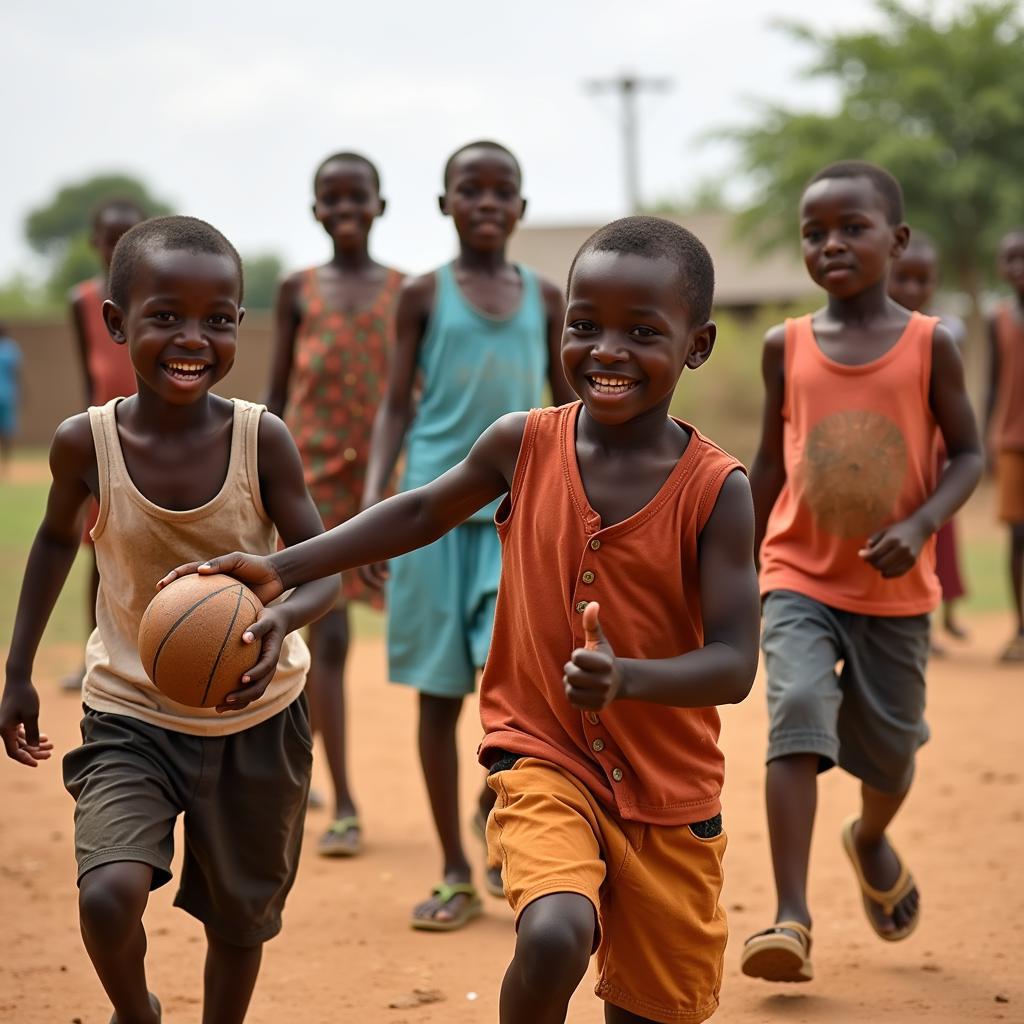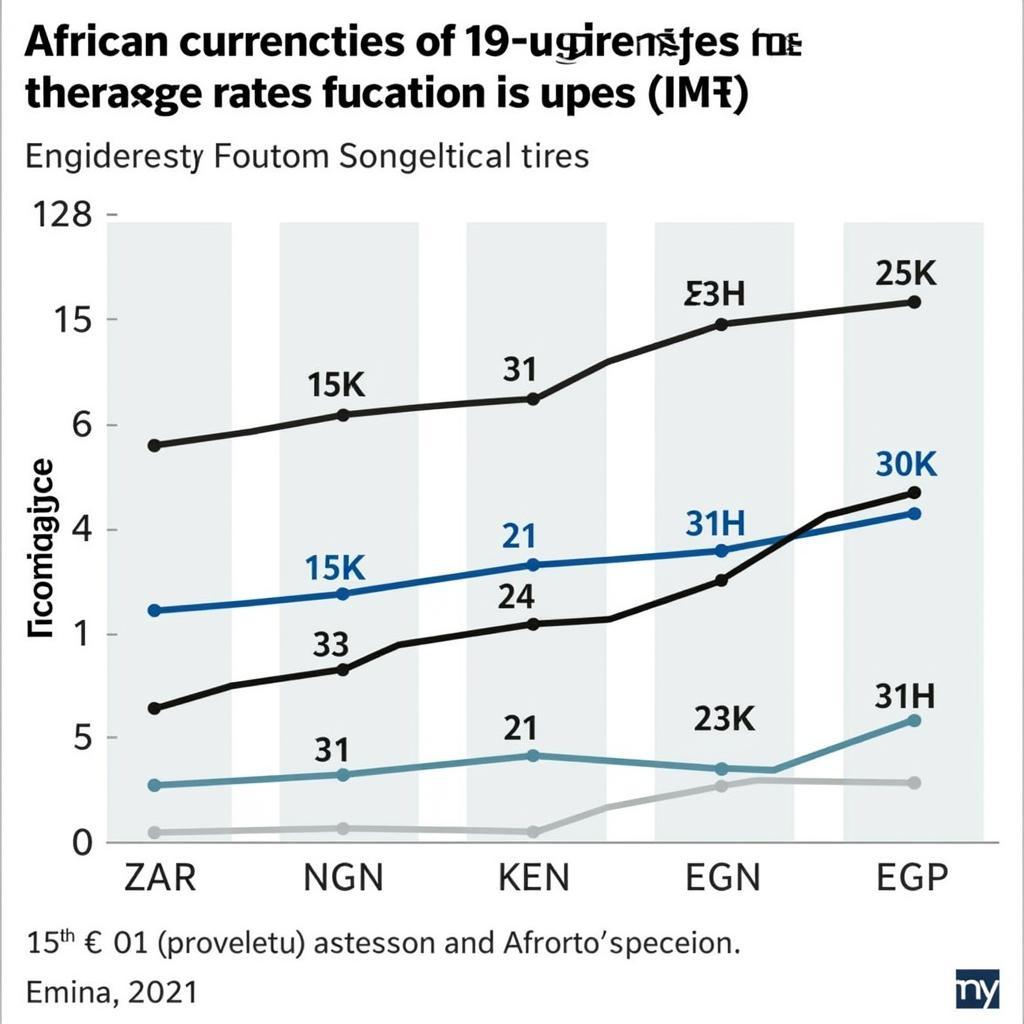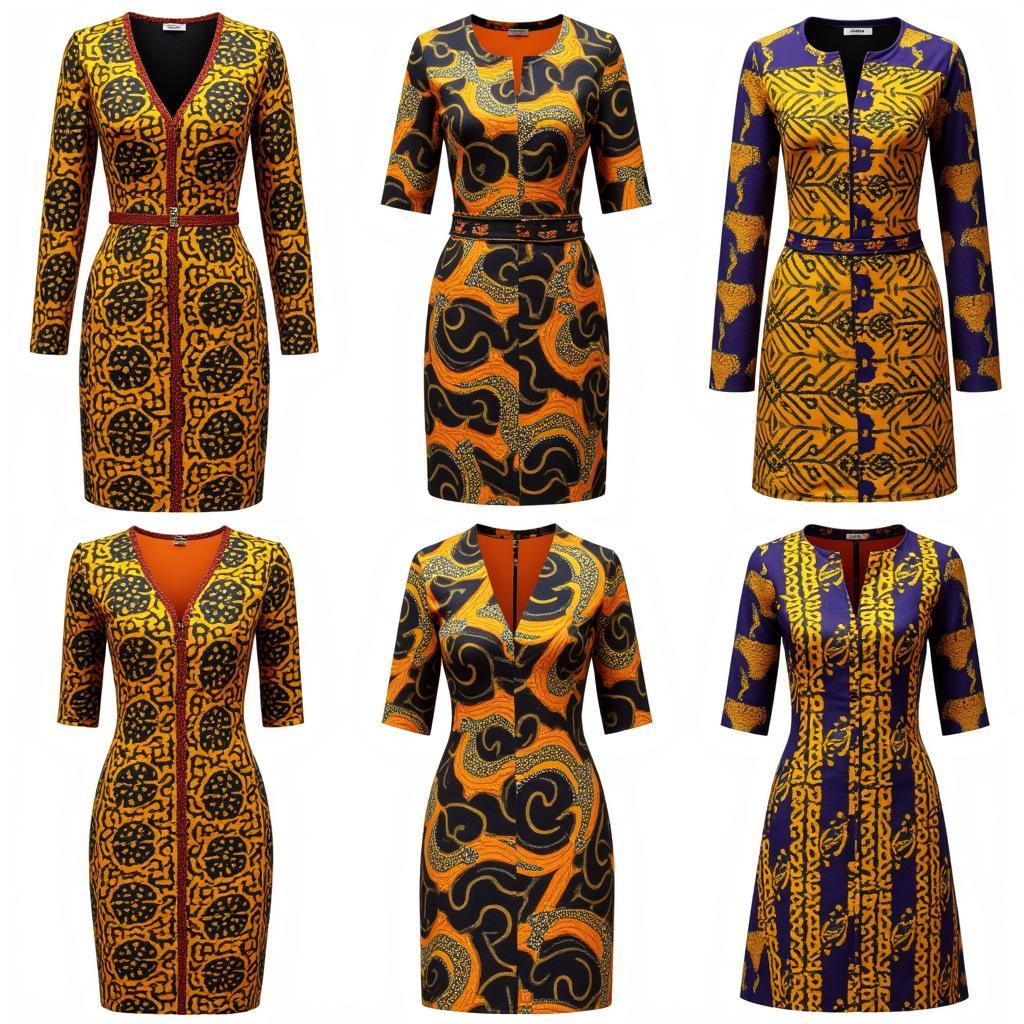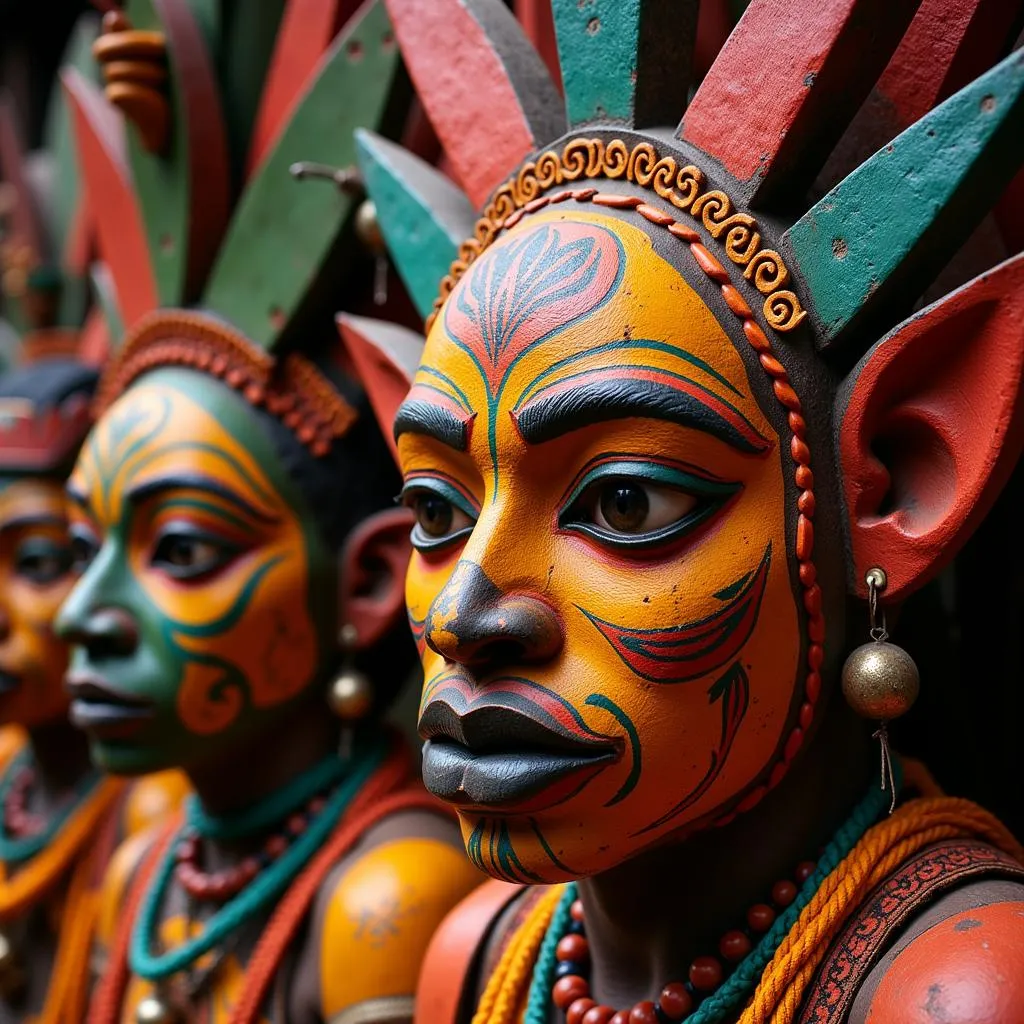Understanding the African Charter on the Rights and Welfare of the Child
The African Charter On The Rights And Welfare Of The Child (ACRWC) stands as a powerful testament to Africa’s commitment to safeguarding its most vulnerable members. Adopted in 1990, this landmark document outlines the comprehensive rights children are entitled to, encompassing areas like survival, development, protection, and participation.
A Charter Designed for Africa’s Unique Context
What sets the ACRWC apart is its acknowledgment of the distinct challenges and cultural nuances prevalent in African societies. This regional charter delves into issues rarely addressed in international treaties, such as the harmful effects of armed conflict on children, female genital mutilation, and the plight of children living in extreme poverty.
 Children playing in a village
Children playing in a village
Key Provisions of the ACRWC
The ACRWC champions four fundamental pillars:
- Survival Rights: The charter guarantees access to essential services like healthcare, nutrition, and a safe environment, recognizing the vulnerability of children to preventable diseases and malnutrition.
- Development Rights: Education, play, and cultural development are emphasized as crucial for a child’s holistic growth. The charter advocates for free and compulsory primary education for all children, regardless of background.
- Protection Rights: Protecting children from abuse, exploitation, and all forms of violence is a core tenet. The ACRWC explicitly addresses issues like child trafficking, child labor, and harmful traditional practices.
- Participation Rights: Recognizing that children are not passive recipients of rights, the charter stresses their right to express their views, be heard in matters affecting them, and participate in decision-making processes.
Impact and Challenges
The ACRWC has spurred significant progress. More African countries have ratified the charter compared to any other regional human rights treaty. This signifies a growing commitment to translating these rights into tangible actions.
However, challenges remain. Poverty, conflict, and societal norms often hinder the full realization of children’s rights. Implementation gaps persist, and resources allocated for child protection and development are often inadequate.
 African leaders signing the ACRWC
African leaders signing the ACRWC
Moving Forward: A Collective Responsibility
Protecting and empowering children necessitates a multi-pronged approach. Governments, civil society organizations, communities, and individuals all have a role to play.
- Strengthening Legal Frameworks: Domesticating the ACRWC by integrating its principles into national laws is crucial for its effective implementation.
- Resource Allocation: Prioritizing child-focused initiatives by allocating adequate financial and human resources is essential.
- Awareness Raising: Educating communities about children’s rights and empowering children themselves to claim their rights is vital.
- Monitoring and Accountability: Regular monitoring and evaluation mechanisms are necessary to assess progress and hold duty-bearers accountable.
Conclusion
The African Charter on the Rights and Welfare of the Child represents a beacon of hope for African children. By upholding its principles and working collectively, we can create a future where every child in Africa is free to reach their full potential, live with dignity, and enjoy a childhood filled with promise and opportunity.



